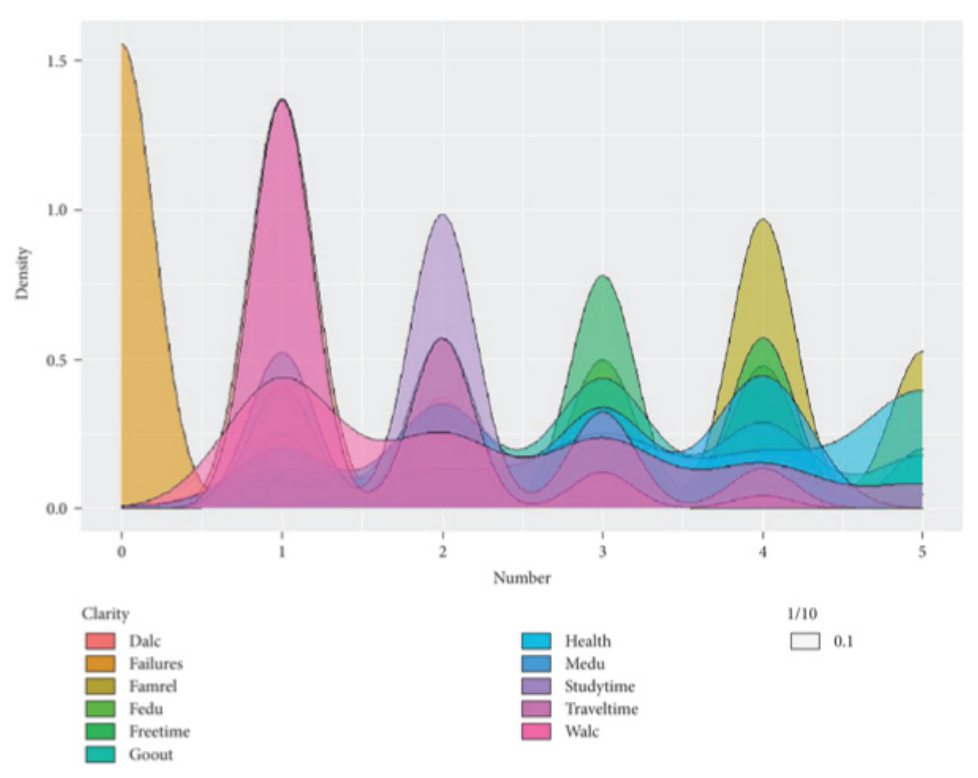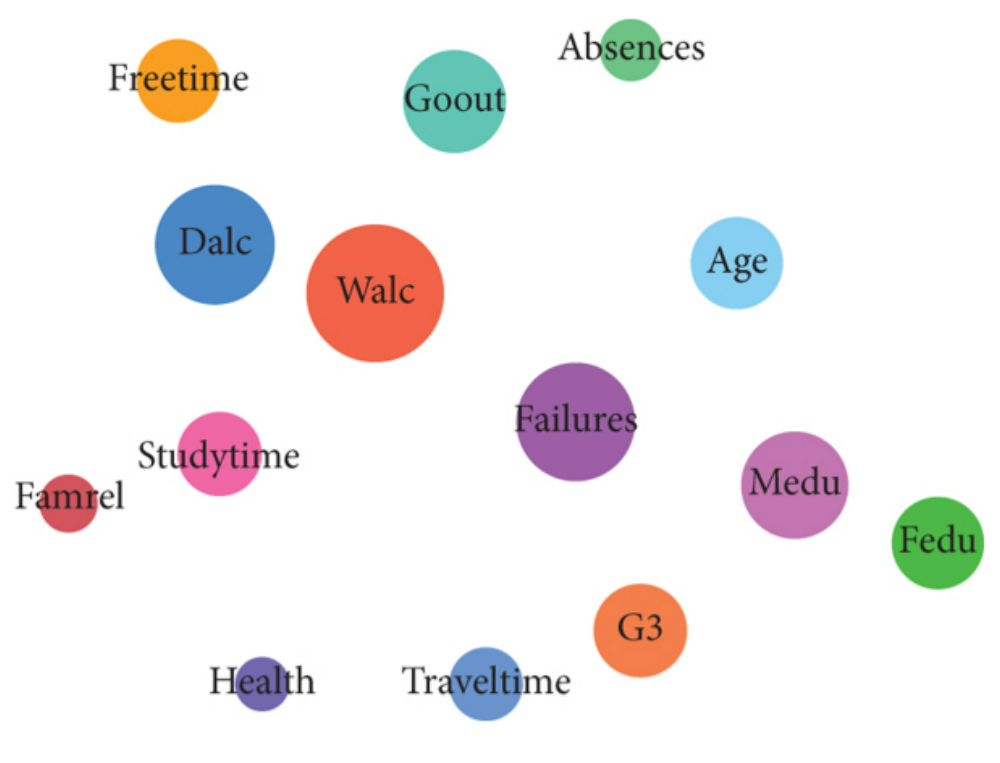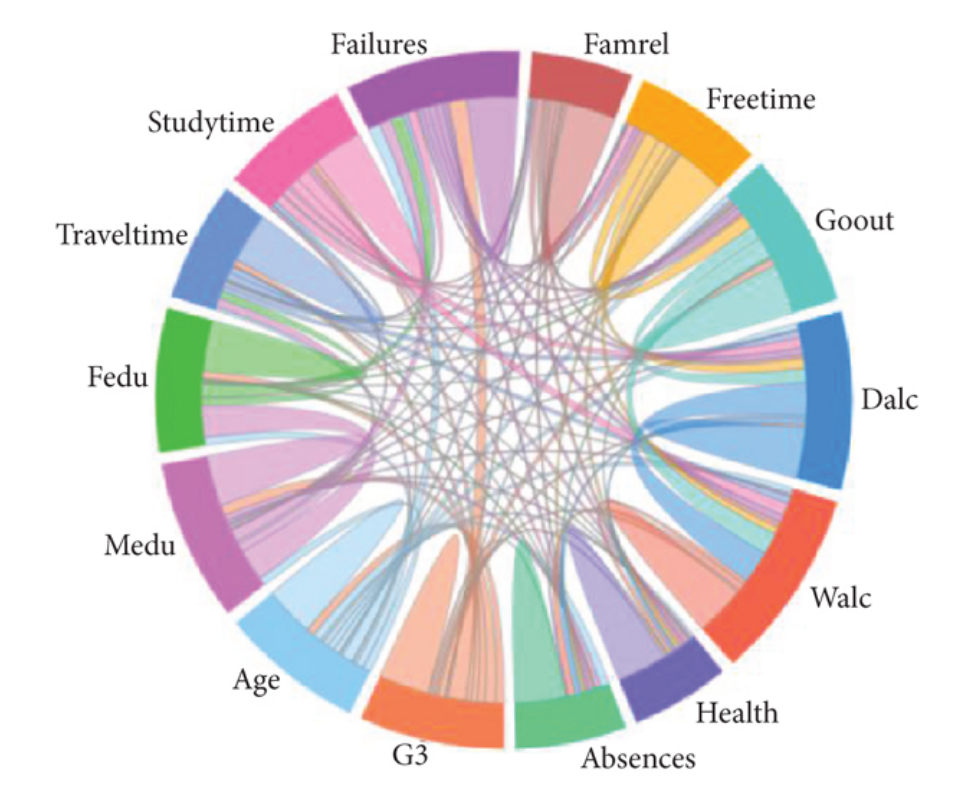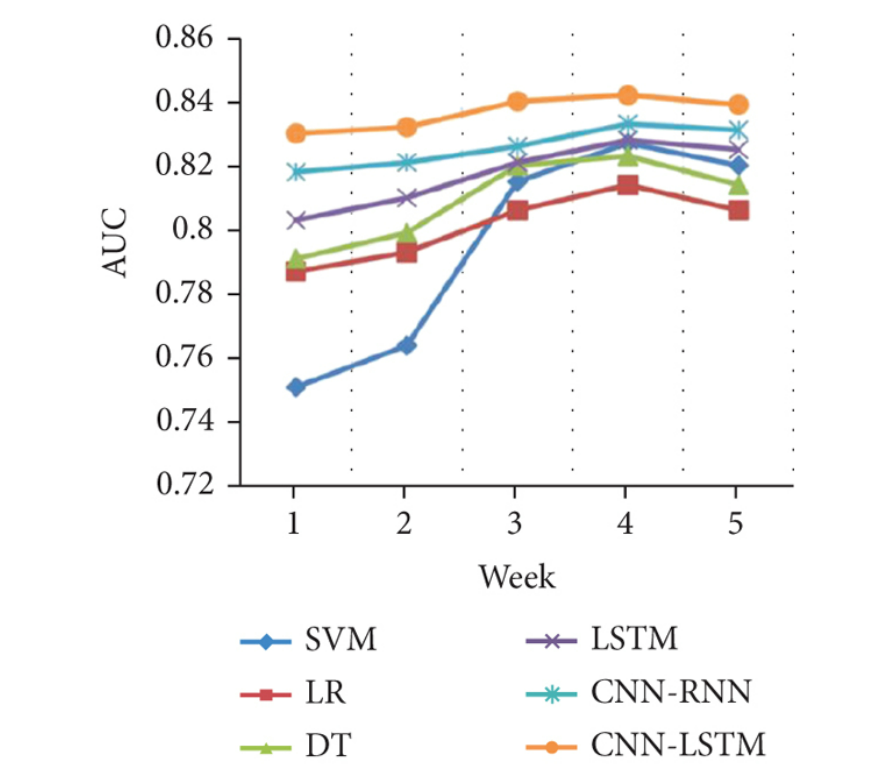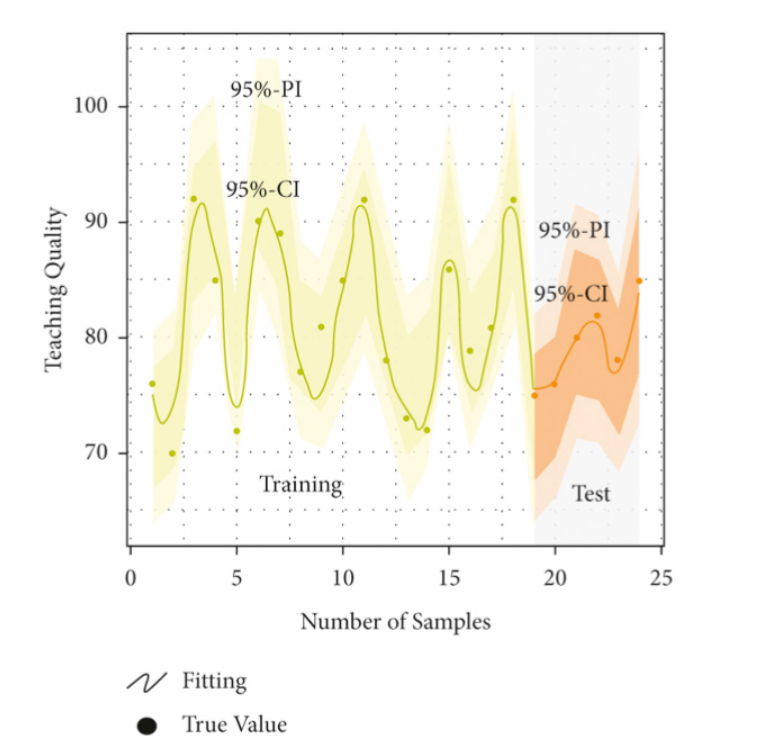 An open access journal
An open access journal
Online Course Design Best Practices: Engaging Content and Interaction
Abstract
Online course design best practices play a crucial role in creating engaging and effective learning experiences for students in the digital age. This paper explores the significance of online course design, emphasizing its role in promoting engagement, interaction, and meaningful learning outcomes. It delves into the principles and key components of effective online course design, including clear learning objectives, multimedia-rich content, active learning strategies, and assessment alignment. The discussion includes the benefits of well-designed online courses, such as improved student retention, enhanced critical thinking skills, and accessibility for diverse learners. Moreover, the paper addresses the challenges and considerations in implementing best practices in online course design, including the need for faculty development, technology integration, and ongoing evaluation. Through a review of empirical studies and case examples, the study highlights the positive outcomes associated with effective online course design, including increased student satisfaction, academic success, and adaptability to diverse learning environments. The conclusion offers recommendations for educators and instructional designers interested in leveraging online course design best practices to create engaging and impactful digital learning experiences.
Share and Cite
Article Metrics
References
- Allen, I. E., & Seaman, J. (2016). Online Report Card: Tracking Online Education in the United States. Babson Survey Group.
- Bates, A. W., & Sangrà, A. (2011). Managing Technology in Higher Education: Strategies for Transforming Teaching and Learning. Jossey-Bass.
- Boettcher, J. V., & Conrad, R. M. (2016). The Online Teaching Survival Guide: Simple and Practical Pedagogical Tips. Jossey-Bass.
- Chickering, A. W., & Gamson, Z. F. (1987). Seven Principles for Good Practice in Undergraduate Education. AAHE Bulletin, 3-7.
- Laurillard, D. (2002). Rethinking University Teaching: A Conversational Framework for the Effective Use of Learning Technologies. Routledge.
- Quality Matters. (2014). Quality Matters Higher Education Rubric, Fifth Edition. Retrieved from https://www.qualitymatters.org/sites/default/files/PDFs/StandardsfromtheQMHigherEducationRubric.pdf

